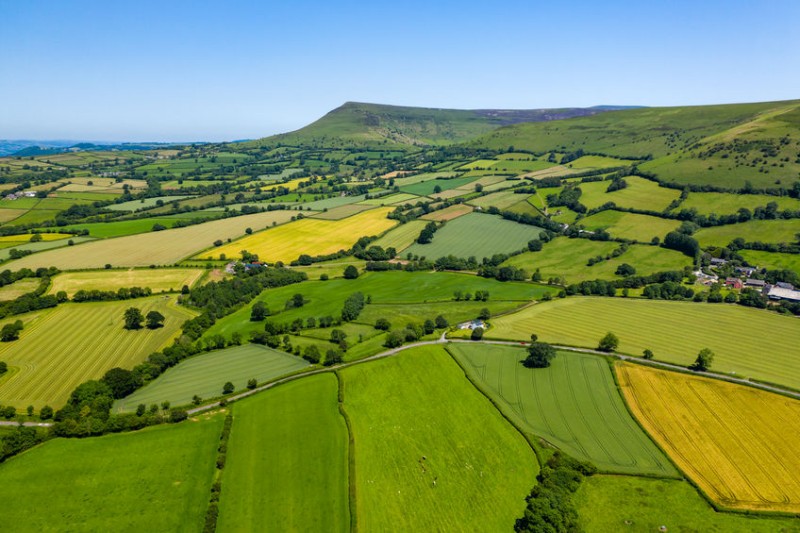
The price of farmland rose by an average of 3% in England during the first six months of 2020 because of 'historically low supply' and 'pent-up demand'.
This is according to Strutt & Parker's Farmland Database, which records the details of all blocks of publicly marketed farmland over 100 acres in size.
It shows the average price of arable land sold during the first six months of 2020 was £9,400/acre, up from a 2019 average of £9,100/acre.
Matthew Sudlow, head of farm agency, said although the market was effectively paused during the lockdown period, low supply and pent-up demand helped to push up average prices.
“The market sentiment at the start of the year was one of optimism following an end to some of the political uncertainty that had been slowing the market.
"These figures suggest that despite an unsettling few months the appetite to buy land has not been diminished.”
Mr Sudlow explained that not all vendors would have benefited from a rise. While 40% of land sold for £10,000/acre or more, there was also a rise in the amount selling for less than £8,000/acre.
He said: “Prices continue to show huge polarisation ranging from a high of £17,500/acre to a low of £5,200/acre, with significant regional variation in prices and the range of prices within regions.”
The 23,000 acres publicly marketed during the first half of the year was one of the lowest figures on record.
Lockdown measures meant supply dropped to 50% of 2019 levels in March, 25% in April and 15 percent in May.
It rebounded in June, but the total volume of land launched this year is still 50 percent down on 2019 levels.
In total, 79 farms were publicly marketed during the first half of the year, compared with 136 in the equivalent period last year.
Only two farms bigger than 1,000 acres have been launched and only a handful of farms larger than 500 acres.
Ever since the “pause button” was released on the market in mid-May activity from buyers has increased, said Mr Sudlow.
“We are seeing new people entering the market to register interest in farmland, particularly lifestyle buyers, and others returning to focus on their searches.
“In most regions, our agents are now busier than they were 12 months ago, albeit in a market where supply continues to be suppressed.
"Some buyers are cautious of a second lockdown later in the year and are therefore wishing to buy now.”
Mr Sudlow said it was difficult to make firm predictions about the coming months because there were still a number of uncertainties to be faced.
“We know there are some issues on the horizon which could result in some downside risk and even greater price volatility," he explained.
"The UK is on the brink of implementing a new Agriculture Bill and Environment Bill and still needs to agree its post-Brexit trade deals, which could have a major impact on farm profitability."
